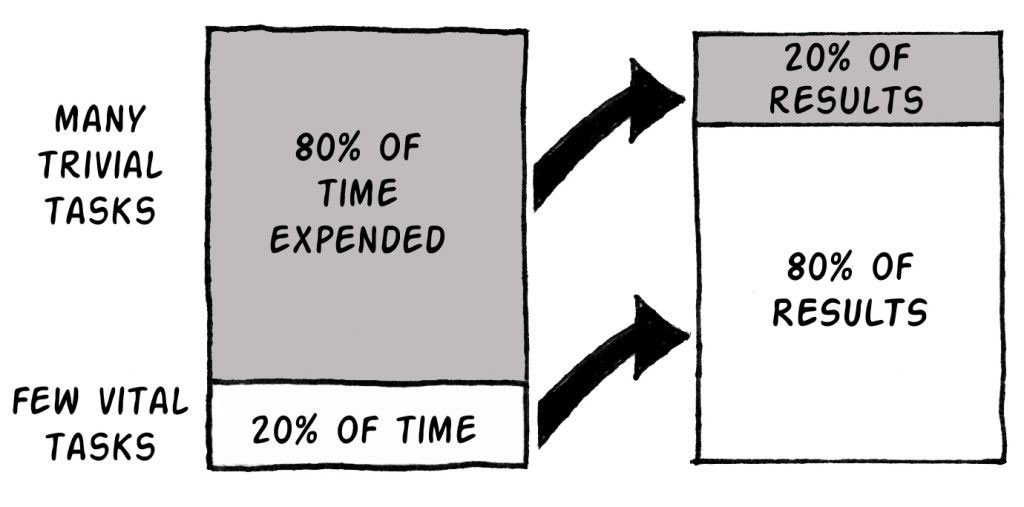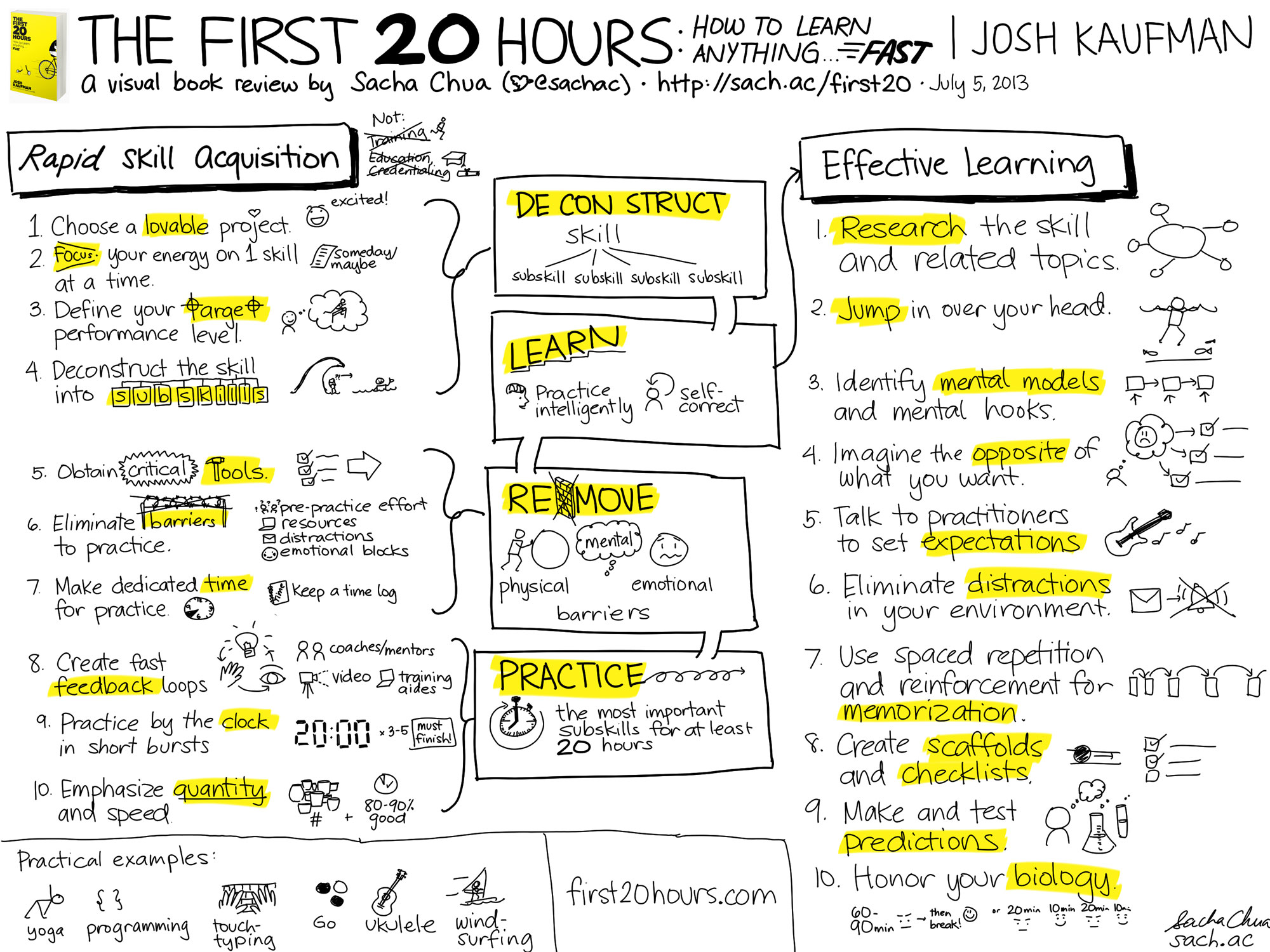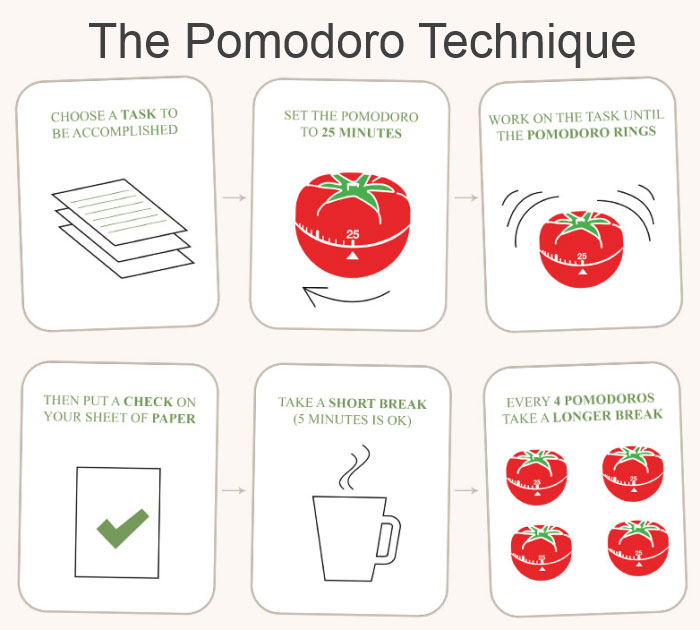Need For Speed: Ways To Accelerate Your Graphic Design Learning Skills

Featured Image: Freepik
The pace at which the design industry is evolving needs each one of us to be on our toes. We cannot afford to leisurely learn. We need to hurry the process of learning so we can keep up with the express train-like nature of the field. If you realize this fact, then let us explore the practical ways to help you speed up your design learning skills.
1) Practice With Focus
Skills require people to diligently follow a study pattern for a specific time. You cannot sit idle every day not spending even a few minutes on learning a graphic design skill with the use of software, for example. This said if you know how to learn to learn, then you can do wonders.
Author of The First 20 Hours: How to Learn Anything, Josh Kaufman shares a blueprint to become reasonably proficient at any skill in less than a day. This theory is perhaps perfect to work better and faster in this ever-changing world as compared to Malcolm Gladwell’s 10,000-hour rule.
When we talk about design, there are a million sub-categories a student has to know but as Kaufman suggests that you can become “reasonably good” at any skill “if you put twenty hours of focused and deliberate practice into that thing.” He suggests that people need to only spend forty-five minutes every day for a month to learn any skill they want.
Say you want to learn illustration so you could design better mascot logos. According to Kaufman, you will need to first deconstruct this new skill into attainable chunks. Secondly, you need to correct your own mistakes by “learning just enough that you can actually practice and self-edit.” Makes sense, right? Thirdly, you have to remove the barriers or distractions that keep you away from practicing. Lastly, you should aim to complete your time-table without being frustrated by it.
2) Invest Less Gain More
The universal cause and effect law states that for every cause there is an effect and vice versa. For example, if you won’t put something to eat in your mouth, you will not be able to satisfy your hunger. The same goes for learning a skill. If you won’t make the effort to learn the design skill of your choice, you will not see the results you desire.
The Pareto Principle works around this relationship, maintaining that this formula can be further exemplified by the 80/20 principle. This means 80% value is dedicated to the effect and 20% to the cause. For instance, if you spend 20% of your effort on the graphic design skill you want to learn then you will witness 80% success at knowing it.

Image Source: Medium.com/Khe Hy
You have to be persistent to be able to put this model successfully into practice when learning any beginner or professional level design skill. You have to make sure that 20% of the effort you invest in your learning is free from distractions. Only when you are engrossed and determined, will you see a commendable result.
3) Download Learning Apps
In this digital world, everything from the A to Z of a human being’s life depends on a smartphone. Android and iOS applications are popular means to entertain and educate oneself. If you have made up your mind to learn web design for example, then there are a number of mobile apps to help you hasten the process.
So whether you want to learn how to create a website or anything else related to the field of design, you can explore some of these learning apps.
- SoloLearn is a developer on App Store, Google Play and the web, which stores a collection of free-to-learn computer programming and coding courses with quizzes.
- LinkedIn Learning is an online resource to grab the in-demand skills related to your specific design career, whether it is focused on graphic design or logo design.
- Skillshare is another online class application with hundreds of short and long graphic design related courses you can register to.
The easiness with mobile applications is that you can learn on the go! So you are not constraint to time or location— you can continue your learning journey anywhere at any time. This way you will be able to learn a skill faster than a person who has registered for a course at a physical institute.
4) Learn And Teach
“While we teach, we learn,”
—Seneca, Roman philosopher
The learning by teaching method was developed by Professor Jean-Pol Martin in the 1980s. Scientists soon dubbed it as the Protégé Effect. It proposes that the best way to learn a concept or a skill is to teach it.
High-Performance Coach and Motivational Speaker from Norway, Rafael Eliassen supports this idea that the best way to learn faster is by teaching what you have learned. This is something I have experienced first-hand, so I will personally recommend this tip.
In order to teach someone else, you cannot simply memorize a certain technique and expect others to understand when you read it off your memory. Instead, you need to comprehend the underlying principles to be able to frame the knowledge in a new and easy way. This is a great way to reinforce what you have learned and shows visible signs of improvement in creativity and self-confidence.
When I was doing my A-level in Graphic Design, I was always coaching my fellow mates about all that we had learned the day before. So when we were practicing how to create a packaging design on the software, I was always ready to help out any of the students who were not able to perform the task. I was able to grasp the skill quicker than others because not only was I practicing, I was also teaching.
You should try this method out too.
5) Manage Your Time
“Time management is the process of planning and exercising conscious control of time spent on specific activities, especially to increase effectiveness, efficiency, and productivity.”
—Wikipedia
Time management is a skill in itself, but if you are able to master this one skill then it will help you throughout your academic years and professional career. Software Engineer and a contributor for Entrepreneur, R.L. Adams says that “It’s not about how much time you have. It’s about how effectively you manage your time.” This means that if you are determined to learn a design skill then you cannot fool around with the time you have at hand.
As I mentioned above that in this fast-paced world, designers need to accelerate their learning processes otherwise they are bound to lag behind others who are learning faster. One popular technique among students that will help any graphic designer is the Pomodoro Technique developed in late 1900 by Francesco Cirillo.
In this technique, you will have to break your work down into intervals of traditionally twenty to twenty-five minutes separated by short-length breaks. The best is to keep a timer with you so that you know exactly when to start, pause and stop. These days a great gadget for timing your activities is your phone, as long as you can keep yourself away from the temptation to fiddle with it.
Which learning technique helps you study any design skill faster?





